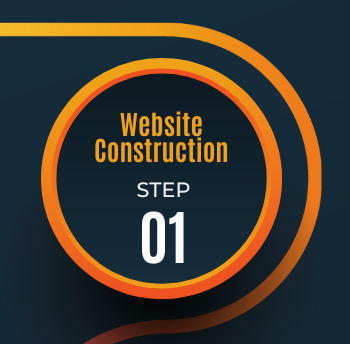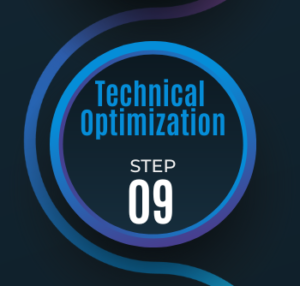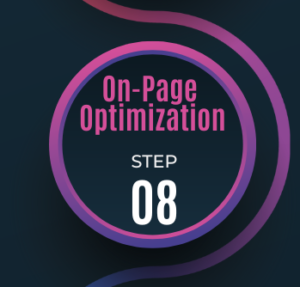
Steps of SEO: 6 Competitor Analysis
Competitor analysis is a vital SEO step. Identify competitors, evaluate their website, keywords, backlinks, and social media presence to find opportunities to improve your own website’s visibility.



Competitor analysis is a vital SEO step. Identify competitors, evaluate their website, keywords, backlinks, and social media presence to find opportunities to improve your own website’s visibility.

Optimizing technical aspects of a website is crucial for SEO. Improving page speed, mobile-friendliness, implementing HTTPS, optimizing URLs and using structured data are essential techniques.

On-page optimization is crucial to improve website visibility. Focus on high-quality content, optimize HTML, and continuously monitor and adjust strategy for better performance.